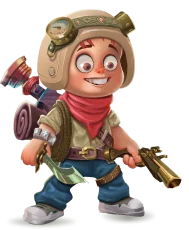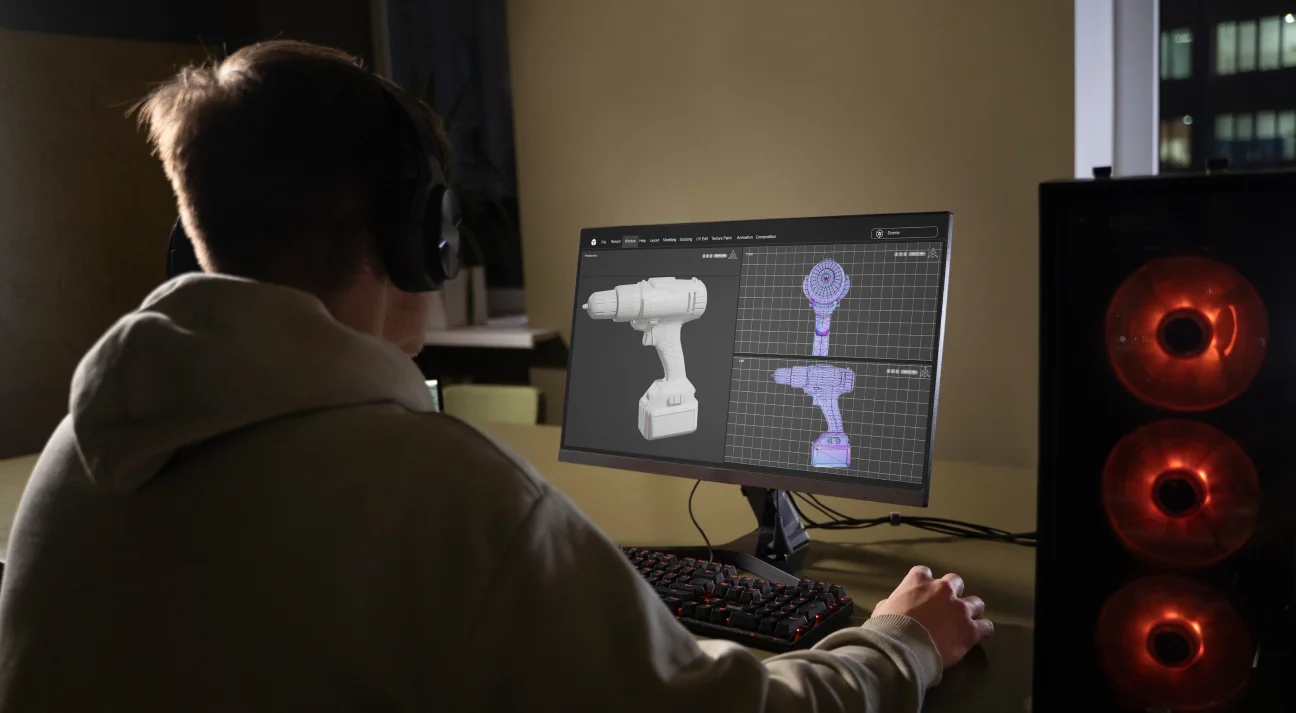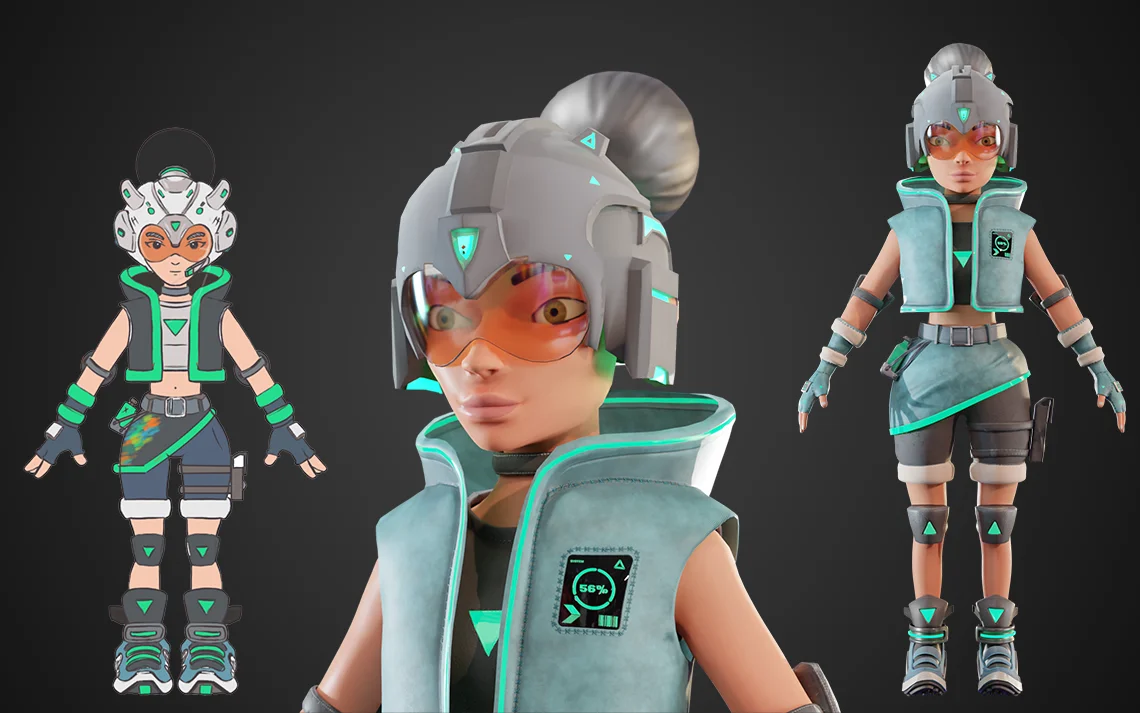
The Ultimate Video Game Character Design Guide
Ever found yourself lost in an intriguing game, battling enemies or exploring distant galaxies? Well, you must be thinking, what sort of a question is this? Of course! Isn’t it obvious? Who hasn’t played games for hours without moving from the seat once?
Okay, we know you have! But one more question, please! What did you notice or feel connected with while playing the game? Features? Weapons? Sound Effects? Game Layout? Nothing at all, then let us guess better. Umm…characters? Have we cracked the code? Yes, we surely did! It’s a game character or character design.
Of course, this guess was obvious, too! After all, characters are the heart and soul of the game. You interact with them, and you interact through them. They are bound to hold a special place in your heart. But have you ever thought about what goes into making these characters look realistic and attractive? Or have you ever tried designing a character for your game but couldn’t crack the code?
Character designing is a long and creative process that may numb your mind if you don’t follow all the steps. Still, don’t worry. We are here to help you with the game character design guide. The guide covers the types of game characters and takes you through their creation process. So take a look at it to know how game designers created your beloved characters.
What is Character Design?
Character design starts from a concept and ends with an appealing story that the character tells in the game. In other words, character designing is the process of conceptualizing, creating, and developing visual and functional aspects of characters. These aspects include artistic, technical, and narrative elements that bring characters to life within the game. These characters appear in video games and play on behalf of devices or players, following their commands throughout time.
What are the Types of Game Character Design?
Game art designers mainly create two types of game characters using various software and tools. These types are:
2D Characters
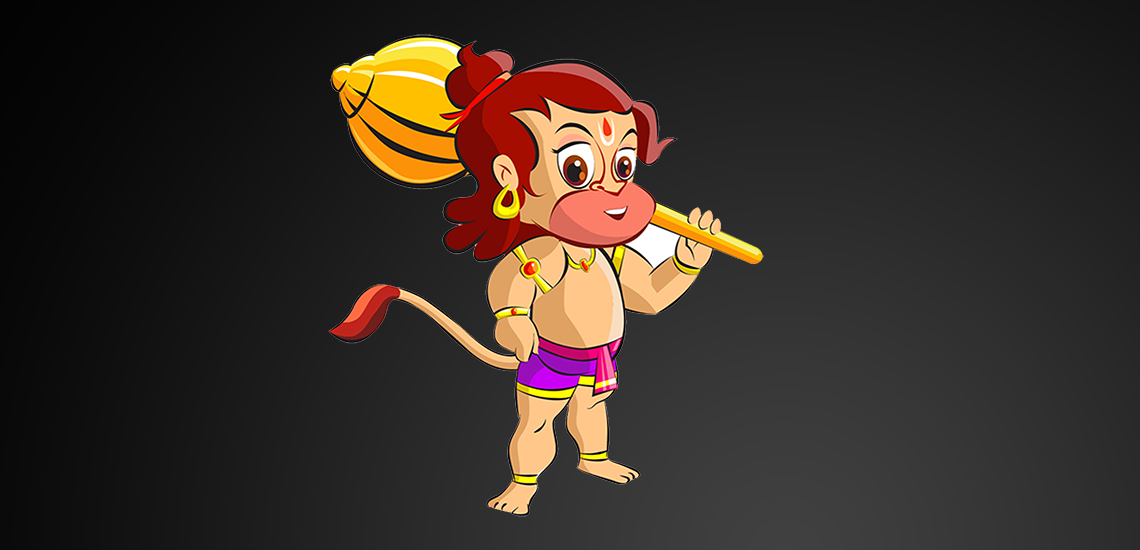
2D characters are designed and portrayed in a two-dimensional space, mostly on a flat surface like a screen or page. They are graphical representations of characters and objects on a flat plane and have height and width as the primary dimensions.
These characters lack the depth and ability to perform certain actions. Their movement is slow and limited, controlled by the players only. However, even though 2D characters lack depth, they still add charm to the gameplay. Expert designers can create engaging experiences within the constraints of a 2D plane.
You can take the example of Mario and Sonic. Both characters were controlled by the players and could move left, right, up, and down. But they were a big hit and brought huge revenues and popularity to the game.
To know more about 2D arts, listen to this podcast.
3D Characters

3D characters function within a three-dimensional (3D) virtual environment. This type of characters are created using 3D modeling software.
They have detailed textures, shades, and animation that depicts real-world environment and establish personal connections with players. These characters can move and rotate 360 degrees and interact with the game space. Unlike 2D characters, they have depth in addition to height and width, intricate facial expressions, and natural and immersive movements.
How to Design a Video Game Character?
Designing game characters is an iterative process that consists of many steps. Here is the overview of the process and step-by-step breakdown.
1. Research and Ideation
It all starts with an idea and moves to the backstory. Before you lay your hands on the design, research the character’s background and understand your concept in depth. Familiarize yourself with the game genre, environment, settings, and mechanics, and set a backstory accordingly. You can seek inspiration from the real world to fit the character into the game world and make the game seem more realistic.
For research, analyze similar games, movies, literature, and other media. Also, collect visual references, including concept art, illustrations, and images that align with the character’s intended style, personality, and role. Demonstrate the character’s role as protagonist, antagonist, or supporting character, and identify its personality traits, aims, vision, thought process, and overall movements.
| Expert Tips & Tricks You need to know your character in depth before you start crafting it. Your imagination should be clear, precise, detailed, and organized. Don’t leave half-done things hanging in your mind. Be clear about what you want and have a perfect plan to implement the idea and imagination. |
Also read: A Perfect Guide to Creating a Game Design Document
2. Concept Art Creation
Concept art includes initial visual representation and defining certain characteristics, anatomy, style, and mood of the game character. It explores ideas to design a character’s appearance, personality traits, and role within the game. The process includes defining the overall look and feel of the character on paper or software.
In this process, you have to create various sketches, drawings, and digital paintings while exploring your imagination and different visual directions.
You can follow these tips to achieve perfection in your concept art design.
Art Style

Experiment with various shapes, designs, colors, and art styles. Create a unique and eye-catching design and choose the perfect art style for the character. You can experiment with various art styles, like abstract, stylized, and realistic, and choose the best fit.
Anatomy
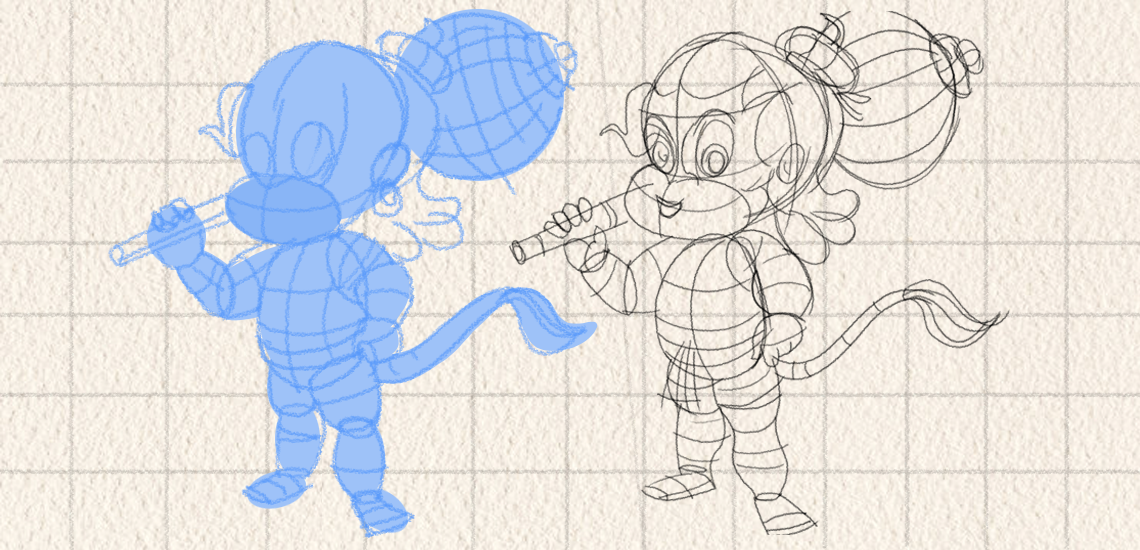
Character anatomy involves comprehending and depicting the underlying structure, physical attributes of the body, skeleton, joint placement, muscle structure, facial anatomy, etc. While defining anatomy, understand the art style in-depth and break it into shapes. You should know how you want your character to look after this process.
You can gather visual references, photographs, illustrations, and anatomical diagrams of human, animal, or shape anatomy and study these in detail. During the study, understand the proportions, analyze specific art styles, and the visual aesthetic of the character, bone structure, muscles, and joints. At last, add anatomical details and exaggeration according to the game’s backstory, environment, and visual representations.
Silhouette
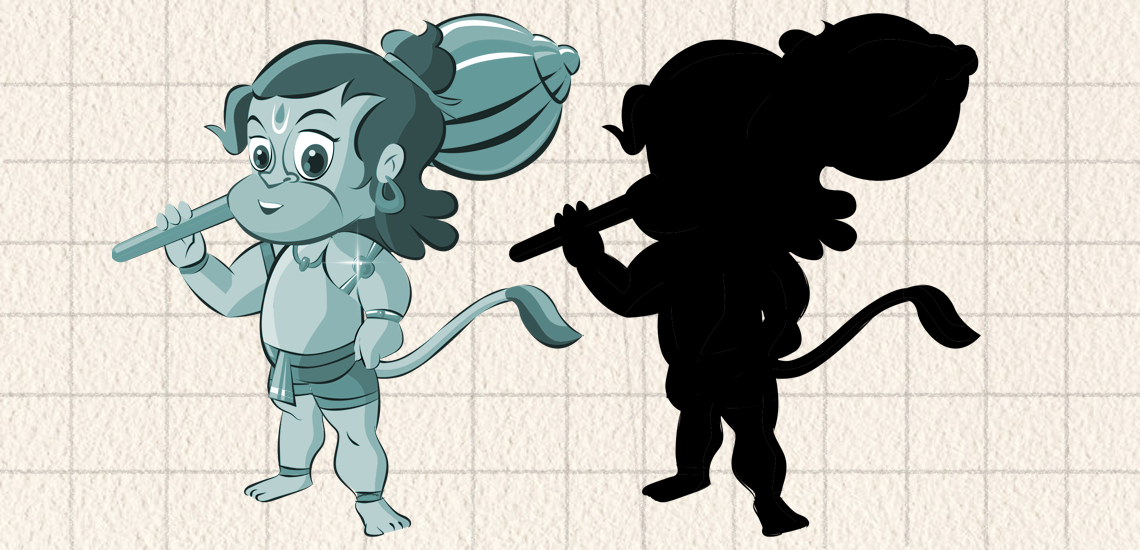
This step involves defining distinct and recognizable outlines and shapes of the character in silhouette form to make the character detailed and identifiable. During this step, you must focus on creating distinctive shapes, silhouette readability, stylization, details, visual impact, and appeal, effective use of colors, outlines, and storytelling.
Your silhouette should be unique and instantly recognizable. It must convey the overall structure, proportions, and key elements at a glance. Players should be able to identify the character after seeing its silhouettes.
Outfits, Themes, and Accessories
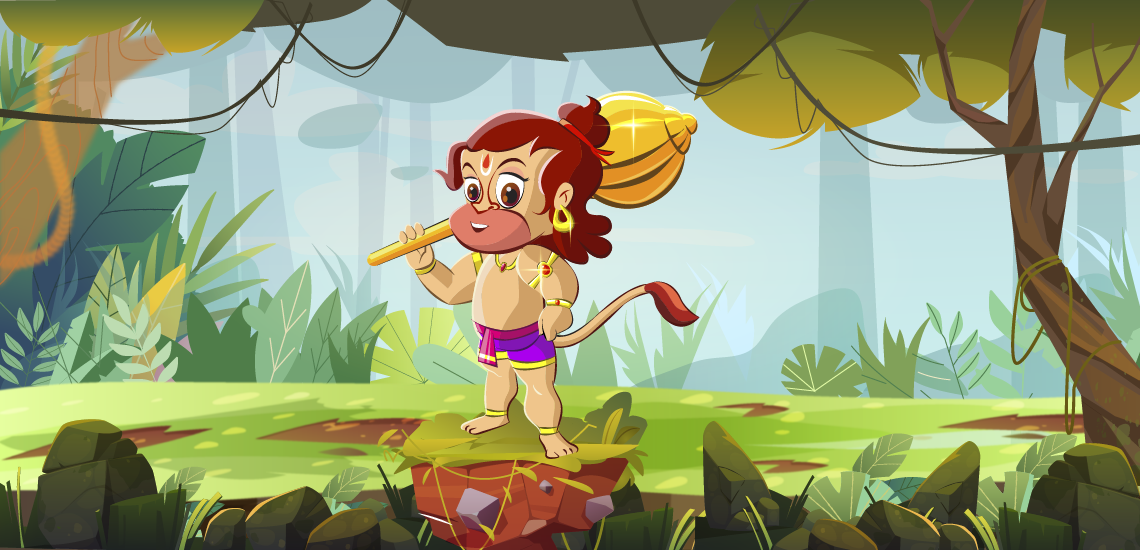
These factors are important for character design. You should create the concept art based on geographical location and cultural representation of the gameplay. If your game is based on a forest theme then design your character and choose clothes, accessories, weapons, and other items representing the forest theme.
If it is based in a city, beach, or some other location, design the clothes, weapons, and other elements accordingly. Your character should belong to the background. Don’t make it look like an alien to the surroundings. Moreover, these clothes and weapons will make the character more appealing and easy to connect with.
Expressions and Turnarounds

Before starting this step, you should be well-versed with your character and its role in the game. You must know what it brings to the story, how it reacts to certain situations, and what are its aims. You should know your character’s mood better.
What is it, smart, clever, joyful, sad, angry, mischievous, goofy, or secretive? Consider the overall vibe of the gameplay, story, and character and define mood and expressions accordingly.
Define your character’s turnaround and show it in different poses. You should present a 360-degree view of the character to make it look realistic and believable. You can rotate the character in different directions to analyze how it looks when it turnarounds.
Limitations
You can put certain restrictions or limitations on your character. You can make the character unable to do some tasks like high jumps, rolls, or any other tasks that make the character seem imperfect. These limitations will make the character more realistic and engaging.
After considering these points, create a few designs and finalize one and proceed forward to complete the rest of the process. From this step, we will switch to 3D character design. The process ends here if you are designing a 2D character. You can do the final changes, animate the character and render it. Also, ensure its proper functionalities and preview the design before rendering.
| Expert Tips & Tricks – You can make your character either less detailed, properly detailed, or more detailed according to the game requirement. – Try to keep realistic characters less or properly detailed and add exaggerations in stylized characters. – Create mood boards and color palettes to establish a consistent visual language for the character design. |
3. Modelling
The process of character modeling includes creating 3D digital assets of characters for gameplay. Here is an overview of the steps included in the process:
Base Mesh Creation
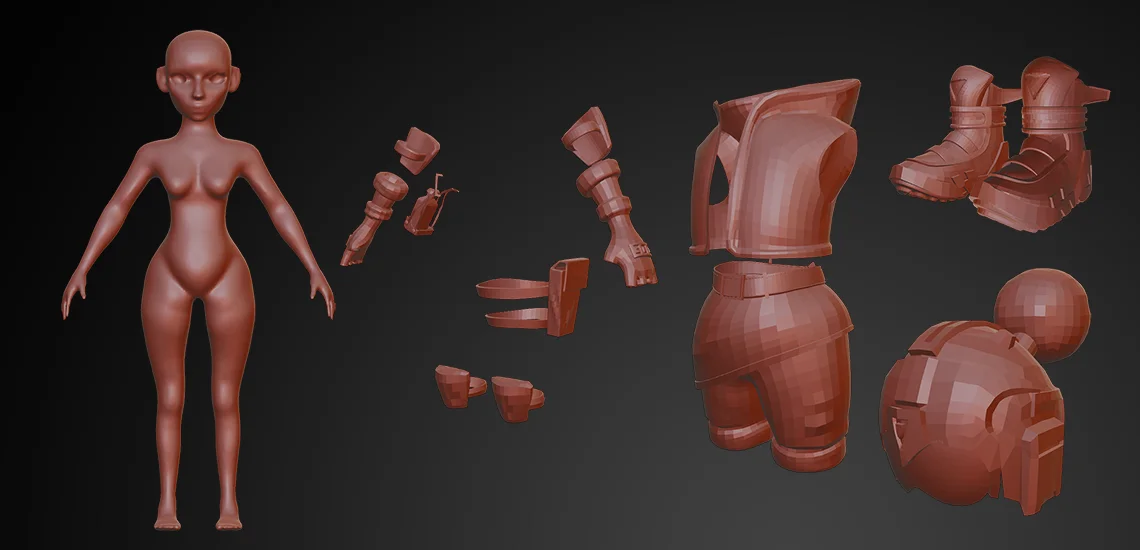
Create a basic 3D mesh representing the character design. Define its overall shape, proportions, and other elements in this base using 3D modeling software like Blender and others.
Sculpting
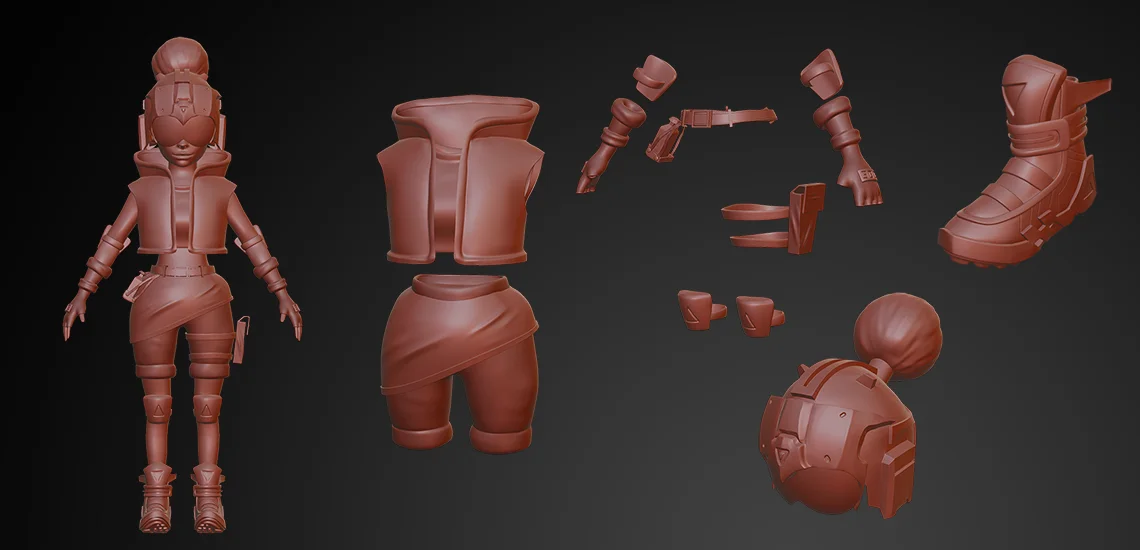
During this step, you have to focus on adding fine details, surface details like scars, skin bumps and pores, and intricate features. Load your existing design into sculpting software like Blender. Build a new detail layer that enables you to expand and manipulate high-resolution sculpting without changing or editing the base mesh.
Block out major volumes and shapes and use large brushes to sculpt the overall proportions and prime features. Mainly focus on. Anatomy, figure scaling, and facial structure.
Slowly sculpt the rest body and work on secondary forms, like wrinkles, skin pores, veins, and small muscle details. Use small brushes to obtain intricate textures and patterns.
Later, add surface textures while controlling the depth and intensity of the design. At last, smooth out rough edges and areas and ensure a natural flow of details and design consistency.
Retopology
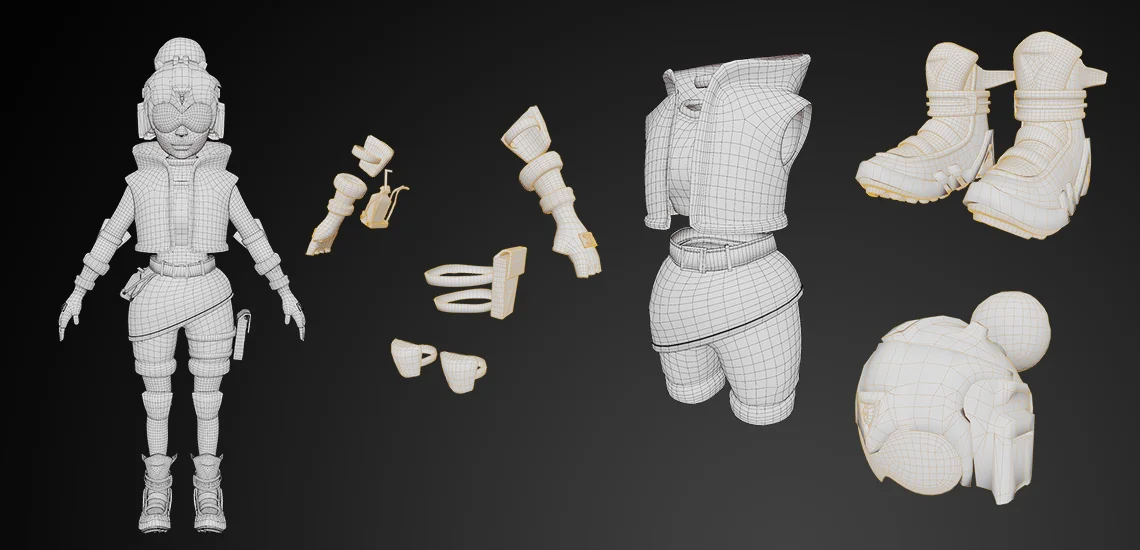
Rebuild the character geometry using the high-resolution sculpt or base mesh and create a lower-resolution design with clean and optimized topology. Also, adjust the edge flow to maintain the loop integrity, and evenly distribute quads and edge loops, aligning it with the anatomy.
Place vertices strategically to define major anatomical landmarks, such as joints, muscle groups, and prominent features like the eyes, nose, and mouth. This initial placement establishes the character’s basic form.
Establish the character’s basic form and place vertices strategically to highlight prime features, including muscle groups, joints, and facial structures like eyes, nose, and mouth.
After this step, plan the direction of the edge flow to connect the line with vertices across the surface. Keep the edge flow natural and anticipate its movement and deformities during animation.
Define “edge loops” and circular chains of connected edges encircling certain parts of the character. Perform loop topology to control deformation and ensure a strong framework and flawless movements.
UV Mapping
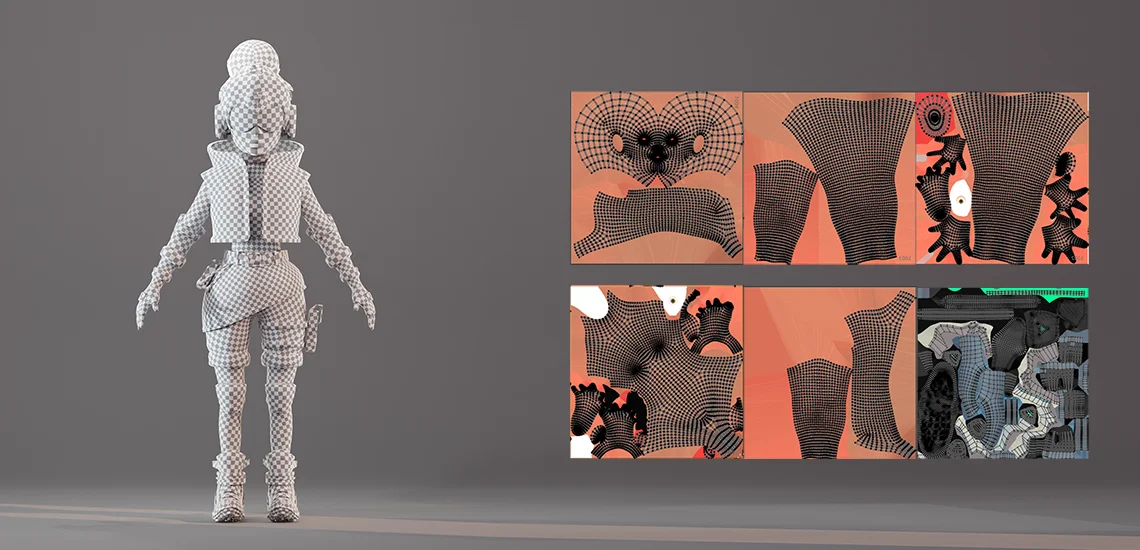
It unwraps a 3D model’s surface onto a 2D plane. This mapping ensures the coordination of UV for texture application onto the 3D model. To obtain perfection in this process, finalize your 3D character with proper topology, edge flow, detailing, sculpting, and texturing.
Analyze the geometry of the character and visualize the unwrapping process. Outline areas requiring high texture detail and seams and define the overall distribution of UV space. Place the seams in less visible areas to minimize their impact on the texture.
Unwrap the UVs using a UV mapping tool, cut the mesh, and unfold it onto the UV plane. Arrange and pack the UV islands tightly to increase texture resolution and minimize wasted UV space.
Texturing
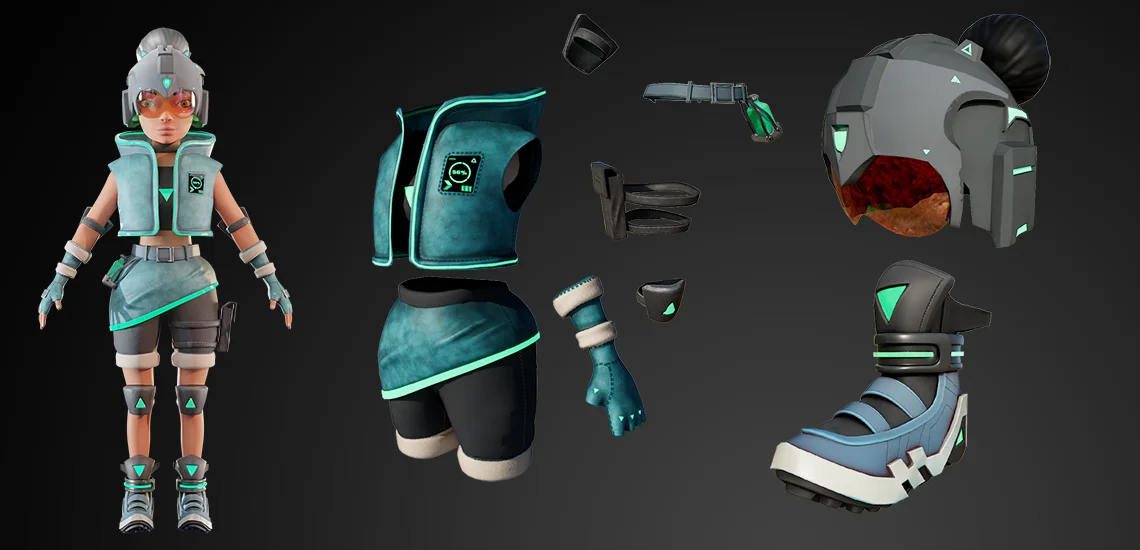
Apply textures to the character’s surface, add colors and details, and work on clothing, weapons, or other accessories to make it more realistic and visually appealing. You can hand paint textures or use tools to add realistic materials and surface details justifying the art style, concept art design, and game environment.
| Expert Tips and Tricks – Some characters have polygons in millions, and you must reduce the count to thousands. These high-polygon meshes are hard to bake and render. That’s why you should transfer high-resolution sculpt details into a lower-polygon model. – Also, consider the game engine’s technical limitations and abilities while determining the polygon count for your character model. – Create an optimized model, maintaining a good balance between visual quality and performance. |
Also read: Game Environment Modeling – Unveiling Secrets to Keep Players Engaged
4. Rigging
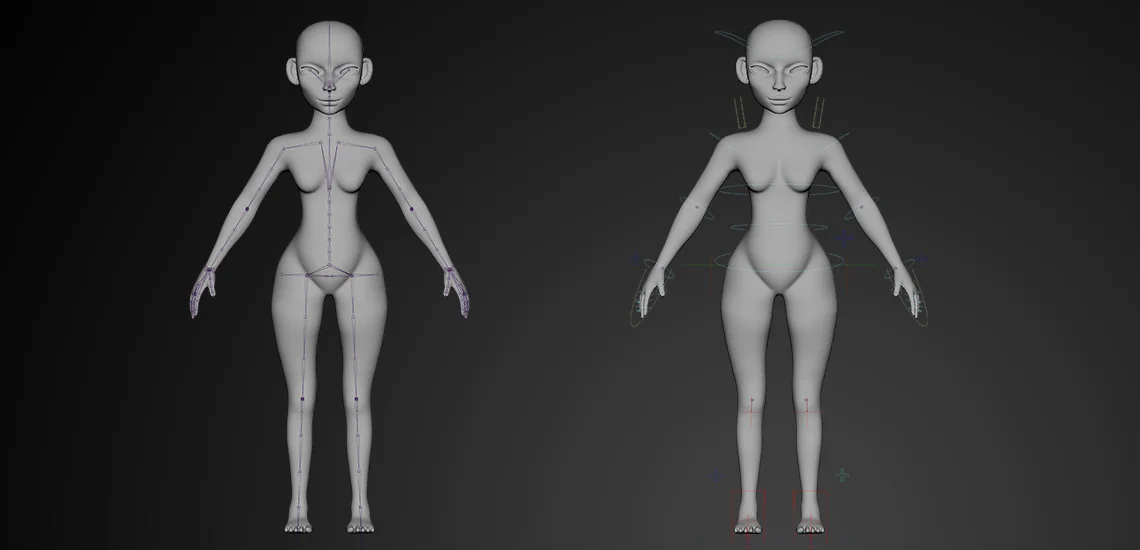
It includes building a digital skeleton with controls, allowing the character to move and deform realistically in the game environment. To conclude this process, work on the bone structure, joints, spine, limbs, and facial features. Carefully position joints to make the skeleton serve as the framework for character movement.
Create control rigs to allow animators to pose and animate the character intuitively. Apply constraints and define limitations to ensure movements within the anatomical range.
| Expert Tips & Tricks – Place controls where they intuitively correspond to the character’s movements. – Use space-switching functionalities to enable animators smoothly switch between coordinate spaces like local, world, or object-based. |
5. Skinning

The process of skinning includes attaching the character’s mesh to the skeleton to ensure proper deformation during animation. You should start the process by assigning ‘skin weights’ to each vertex. Then use skinning tools to paint skin weights.
Adjust the influence of bones of vertices to get natural deformation. Skin the character’s features and expressions, test the structure for deformation, and adjust skin weight to avoid stretching or distortion.
| Expert Tips & Tricks – Utilize symmetry and mirroring tools to speed up the skinning process and maintain consistent deformations. – Create blend shapes for facial expressions and corrective shapes to ensure smooth deformations during extreme movements. – Avoid assigning too many joints to a single vertex. It will lead to unnatural deformations and double transformations. |
6. Animations
In video games, most animations are created using other short animations. Character actions are tie-ups of many animations together in sequence. You will have to overlap these animations in a series. While animating, you must maintain fluidity, readability, and context. Your character and its movements need to sync properly to move further.
You must prepare an outline of the types of animations you want to add to the character. Consider actions like walking, running, attacking, idle poses, jumping, and other activities according to the gameplay theme.
Create keyframe animations, utilize animation layers to combine and blend multiple animations, and decide timing and spacing while ensuring a realistic sense of movement. Work on subtle details, test them thoroughly and optimize the animation for performance.
| Expert Tips & Tricks – Properly use concepts of 3D game animation, including spacing, timing, and ease-in & ease-out to create smooth and natural motions. – Use fewer keyframes for subtle motions and more for dynamic actions. – Ensure smooth transitions between different animations to avoid abrupt shifts. |
7. Final Touch-Ups and Rendering
Look out for the things you have left or missed and add those details. Adjust your character shape and structure to match the game environment. Work on your mistakes and imperfections and complete whatever is left. Test the character design and put it on render after ensuring perfection and a natural look and feel.
| Expert Tips & Tricks – Before rendering, use game engines or real-time rendering tools to preview your character’s outlook and movement in the game environment. – Practice and patience will help you efficiently finish the character design process. So keep making required changes, focus on big and small details, edit your craft, and push your creative boundaries until you design a perfect character for your game. |
What are the Prime Factors of Game Character Designing?
Game character design is a multifaceted process that explores various factors to develop compelling and memorable characters for video games. Some of the prime factors of the process are as follows:
Adaption of Art Styles
Art style adaption and determining the game’s visual style is a crucial part of the design process. You can go with realistic, stylized, cartoonish, or other distinctive approaches, but they must set the mood and tone of the game.
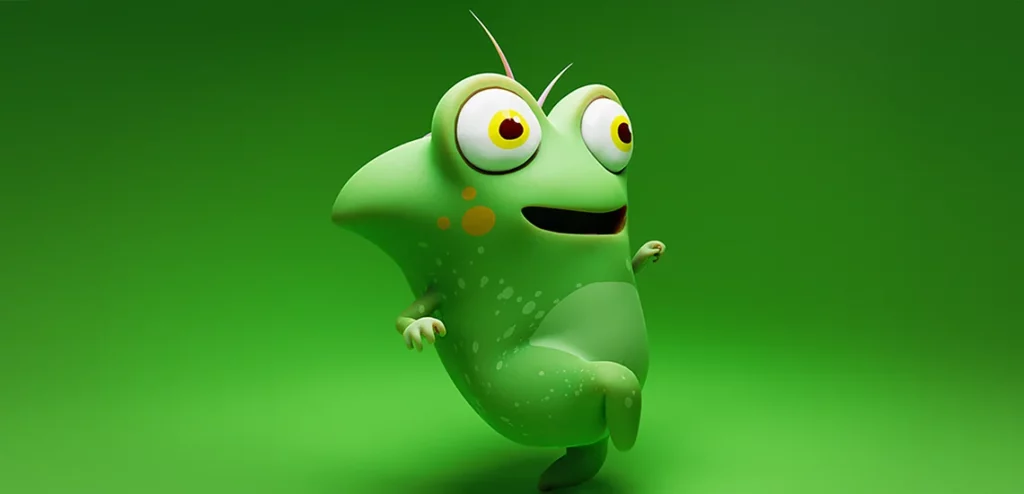
Exaggerated cartoon artstyle
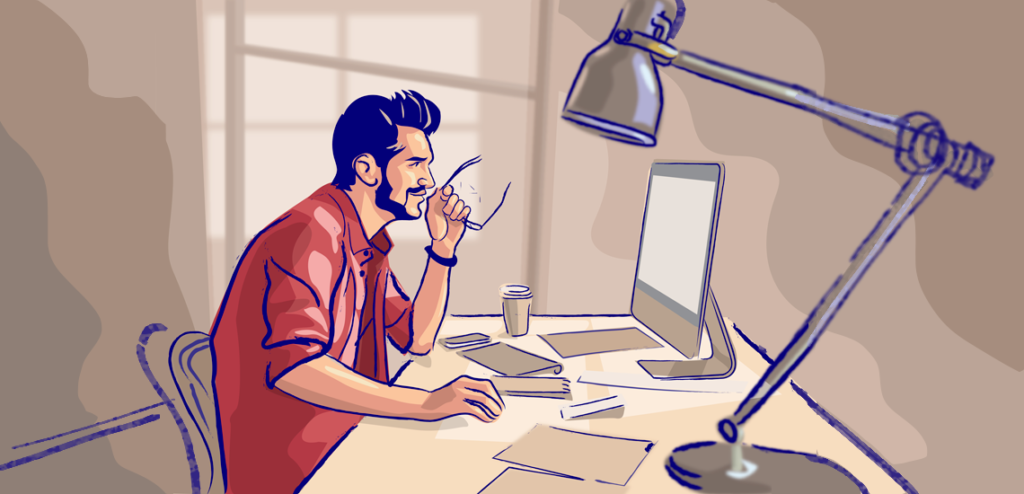
Realistic art style
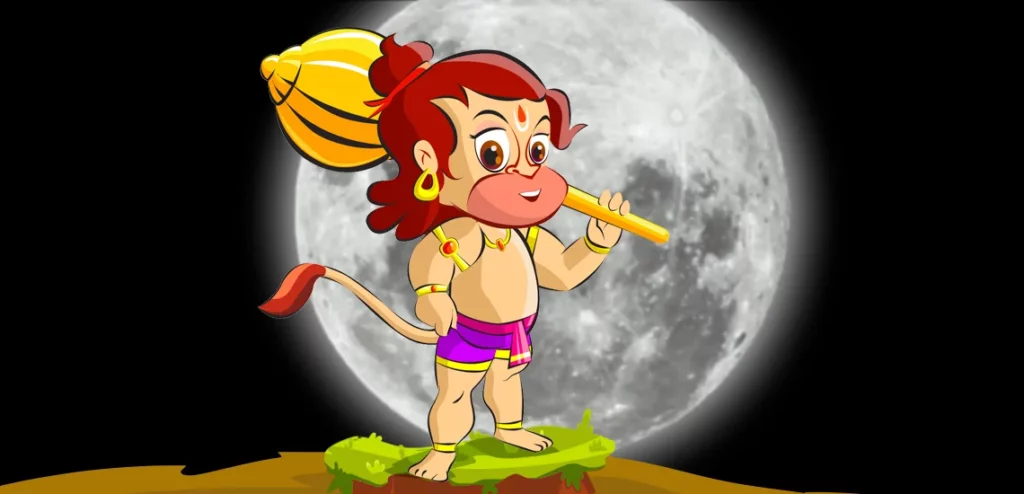
Stylized art style
Perfect art style ensures consistency between characters, environment, and other assets, creating a unified and believable universe. Moreover, a well-adapted art style often garners players’ attention, immersing them in the game. Characters that resonate with the art style have the potential to form an emotional connection with the players.
Personality and Narratives
Characters with different personalities forge emotional connections with players. Relatable traits and quirks make characters feel like real individuals, allowing players to see themselves in the character’s shoes.
Similarly, an engaging narrative puts characters through different challenges and make them undergo development and growth phase over time. They bring compelling arcs, captivating players for a longer period. All in all, the characters’ attractive personalities and narratives influence players and add depth to the dialogues and gameplay.
Conventional Design Choices
Conventional designs stand for established and well-recognized design elements, styles, or traits that players have seen in other games, media, and cultural events. They communicate characters’ important aspects, personality traits, and backstories without much narration and exposition, evoking a sense of familiarity with their appearance. They also streamline communication and fit within the game genre or thematic norms.
Collaborative Design Approach
Collaborative designing includes a multidisciplinary approach in which the team works in harmony to create and refine the game character. In this process, artists create visual concepts, writers work on backstories, designers define gameplay mechanics, and animators bring the character to life through movements. The entire process ensures alignment on visual, narrative, and gameplay aspects with the character.
Animation and Interaction
Animations convey emotions, reactions, and personalities, bringing charm and adding life to characters. Well-detailed animations enhance characters’ communication and provide visual cues to players, helping them understand the character’s state, actions, and gameplay mechanics.
Fluid and natural animations help characters move and behave realistically, engaging players with the environment.
Tailored Presentation
Tailored presentation is the process of the character’s introduction, presentation, development, and alignment with the game environment, narrative, mechanics, etc. It impacts several factors, like story narration, character arcs, player perspective, gameplay integrations, emotional impact, pacing, visual identity, and playing experience.
Expert game character designers keep these prime factors in mind while drafting the characters. They strike a balance between artistic vision, technical elements, and gameplay functionalities. The synergy among these factors helps create compelling, engaging, and immersive characters, enhancing the gameplay experience.
Required Skill Set to Design Game Characters
As a game character designer, you must have a combination of artistic, technical, and creative skills. Some of them are below-mentioned:
- Experienced in creating visually appealing and memorable character designs that convey distinct personalities, emotions, and uniqueness
- Ability to create concept art exploring different visual styles, expressions, poses, and body shapes
- Solid understanding of human and creature anatomy, proportions, and character styling
- In-depth knowledge of color shading, lighting, color harmony, and color psychology
- Mastery in sketching and ideation to quickly translate imaginations into concepts onto paper or digital platforms
- Capability to use digital art tools, including Adobe Photoshop, Illustrator, and so on
- Expertise in using 3D modeling software, including Autodesk Maya, ZBrush, Blender, and many other
- Knowledge of texture mapping, material creation, shading, character rigging, animation principles, and sculpting
Why Hire 300Mind to Design Your Next Game Character?
Well-designed characters resonate with players emotionally, fostering strong connections and evoking empathy, excitement, and attachments. You must work hard, experiment with various art styles and genres, implement effective strategies, and edit the final output down the line until you achieve perfection.
You can consider hiring an experienced game development company like 300Mind if you lack the expertise and required skills.
We are an eminent game development studio possessing boundless expertise in video game character design. Our designers have an in-depth understanding of design principles, anatomy, proportions, and aesthetics. They efficaciously use their skills to create visually appealing, functional, and impeccable characters for your game.
Our expert team stays updated with the latest trends, tools, and techniques in character design. They understand the evolving demands of the gaming industry and create characters after analyzing audience preferences and perspectives. They anticipate issues related to modeling, rigging, skinning, and animations and find creative solutions to prevent technical constraints during the development process.
300Mind team brings a unique perspective and innovative ideas to the table to infuse distinctive traits, personality, and storytelling elements into characters. We are an ideal company to design your memorable and engaging game character.
Also read: Key Factors to Consider When Outsourcing Your Game Art Project
FAQs on Video Game Character Design
You can analyze references, explore creativity and characters around you, brainstorm, change your environment, and seek inspiration or guidance from expert design. Doing these things will surely help you overcome creative blocks.
Game character design is a multifaceted approach that puts the design through various stages, starting from conceptualization to sketching, modeling, rigging, skinning, and animations. Also, it includes the incorporation of unique features, attire, and accessories that reflect the character’s story and traits.
You can mix different art styles and create a character using them. However, you must ensure the design’s clarity, purpose, expression, intention, style hierarchy, character arcs, storytelling, lighting, blending, and color palette. Avoid creating odd characters that don’t go along with the game environment.
The cost of character game design mostly varies according to character type, technical requirements, detailing, sculpting, size and shape, type, and game environment. To get an exact budget estimation, you can contact the 300Mind team. Brief your requirements, and the team will send you details.
